Understanding Anionic Polyacrylamide Flocculant Price Trends in Various Industries
Table of Contents
- Factors Influencing Anionic Polyacrylamide Prices Across Different Industries
- Historical Price Trends of Anionic Polyacrylamide in Key Sectors
- Comparative Analysis: Anionic Polyacrylamide Price Variations by Region
- The Impact of Raw Material Costs on Anionic Polyacrylamide Pricing
- Industry Demand Fluctuations and Their Effects on Anionic Polyacrylamide Costs
- Future Forecast: Anticipated Price Changes for Anionic Polyacrylamide Based on Market Trends
- FAQS
- Conclusion
- Related Posts
In today’s constantly changing world of industrial chemicals, keeping an eye on the price trends of Anionic Polyacrylamide Flocculant is pretty important for businesses trying to stay ahead. This flexible compound, which many industries rely on for its ability to help particles clump together, has seen its prices wobble a bit — thanks to stuff like the availability of raw materials, global supply chain hiccups, and new tech in production. Here at Qingdao Oubo Chemical Co., Ltd, we've been around since 2011, and we focus on supplying a bunch of different polyacrylamides — including cationic, anionic, and nonionic types. By looking into the benefits and uses of Anionic Polyacrylamide, we wanna give you a better idea of how price changes aren’t just about procurement; they can also really affect your overall efficiency in areas like water treatment, mining, and soil stabilization. Knowing these trends can help your company make smarter decisions, boost productivity, and stay more sustainable in the long run.
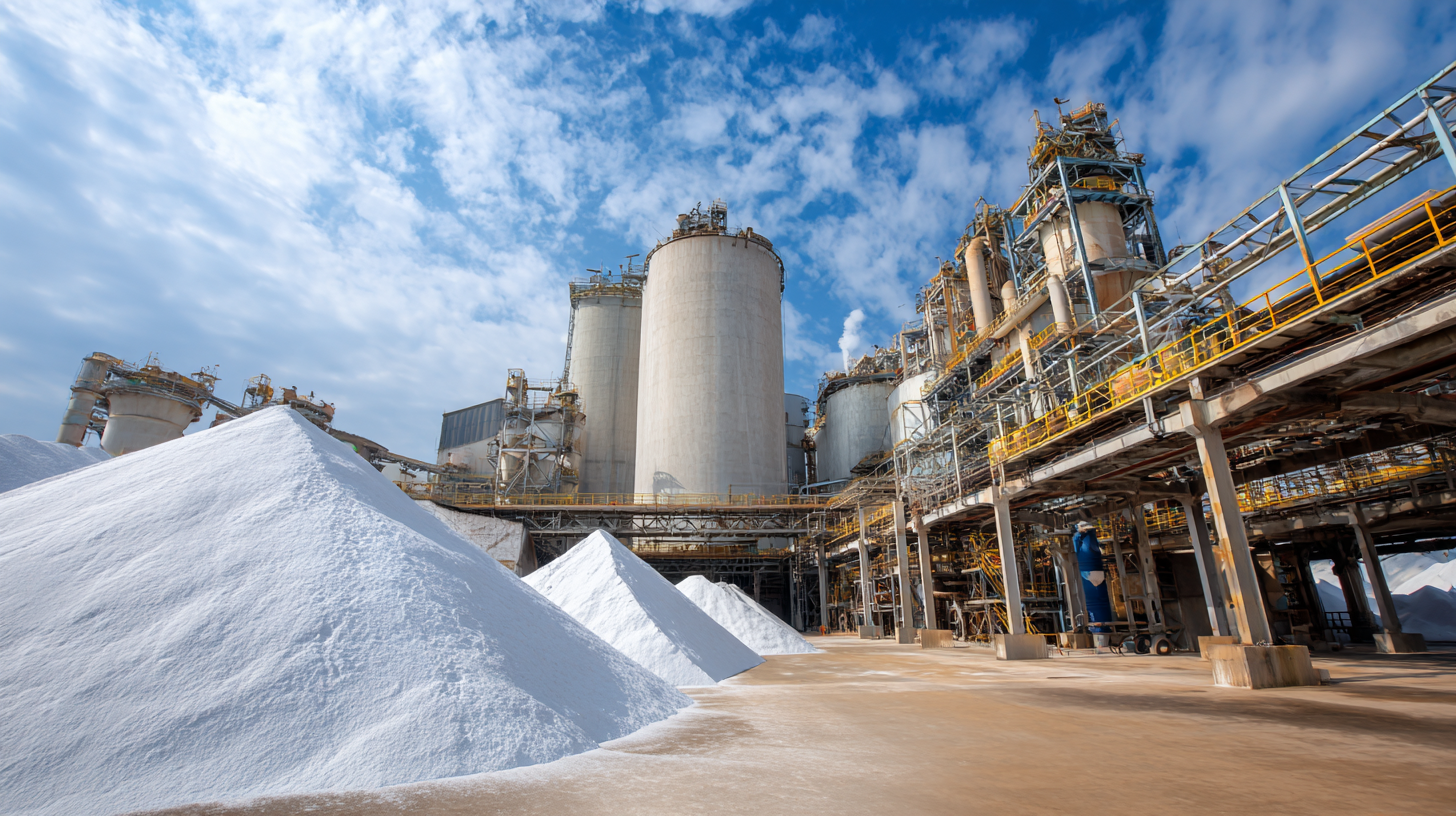
Factors Influencing Anionic Polyacrylamide Prices Across Different Industries
Anionic polyacrylamide, or APAM for short, has really become a key player in a bunch of industries these days—think water treatment, oil recovery, and mining. But here’s the thing: the prices of APAM aren’t set in stone. They actually depend on several factors that are pretty specific to each sector. For example, in water treatment, there's a big push for environmental rules and cleaner water sources, which means demand for APAM is climbing. That, in turn, can push prices up. Plus, companies are always trying to get better at making their products—coming up with new formulations—which can increase their costs, and those expenses end up reflected in the market prices.
On the other hand, in the oil and gas world, the cost of APAM tends to go up and down with crude oil prices and advances in extraction tech. When oil prices spike, more companies look to enhanced oil recovery methods—meaning they need more APAM, leading to higher demand. And let’s not forget about logistics; transportation costs and shipping routes can vary a lot depending on geopolitical situations, all of which impact pricing. So, if you're trying to understand or predict APAM prices, it's really important to keep these industry-specific factors in mind—they can make all the difference.
Historical Price Trends of Anionic Polyacrylamide in Key Sectors
Looking back at the price history of anionic polyacrylamide (APAM), you can see some pretty interesting patterns that really highlight how important it is across different industries. I came across this report from MarketsandMarkets, which says that the global market for APAM was around $3.2 billion back in 2020, and it’s expected to grow pretty steadily to about $5.1 billion by 2026. That’s roughly an 8.2% annual growth rate. A big reason for this? The rising demand for water treatment in sectors like mining, oil and gas, plus municipal waste management — all pushing the market forward.
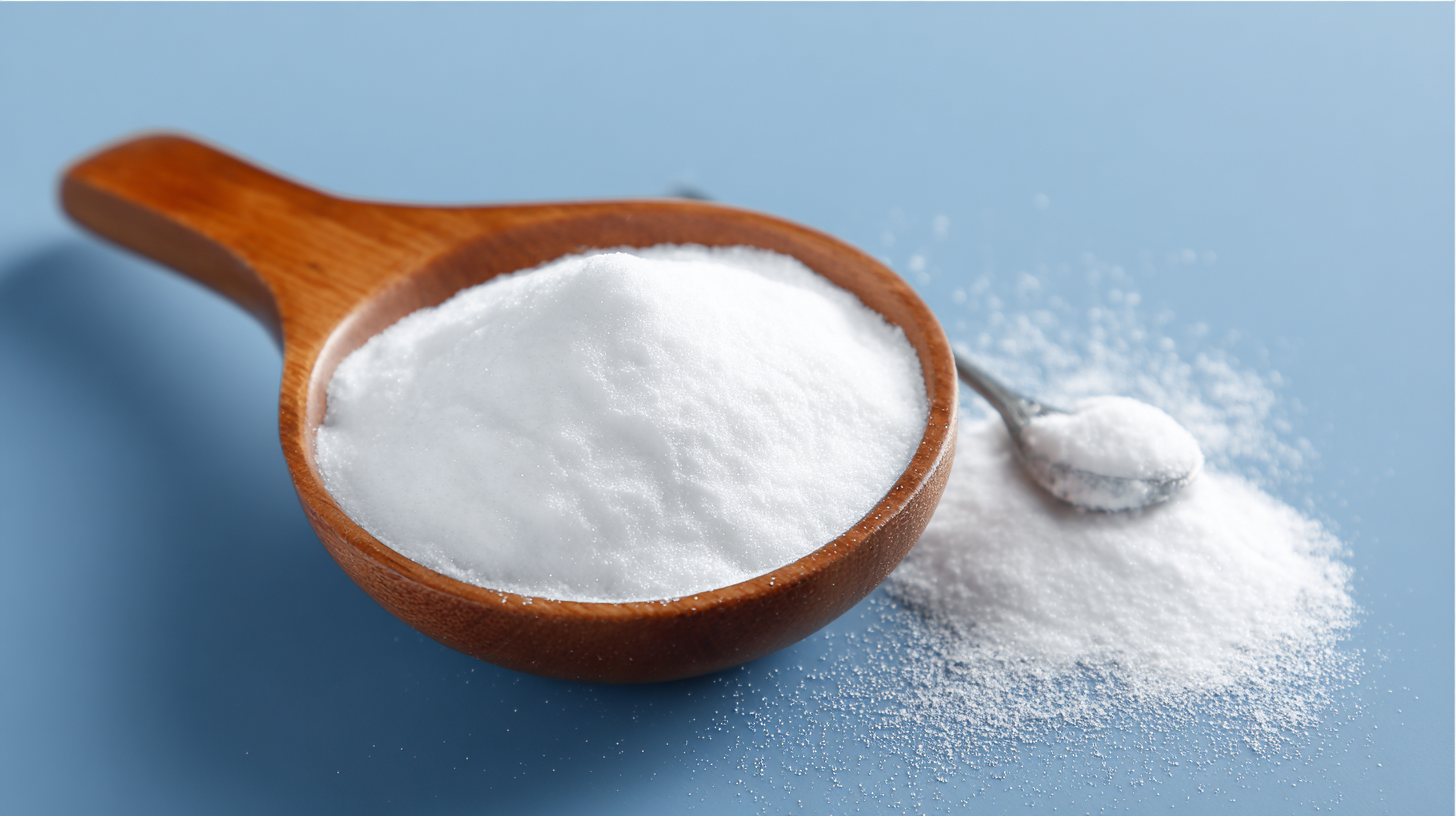
In the oil and gas world, for example, APAM prices haven’t been steady. They’ve wiggle-woggled a lot because of changing raw material costs and stricter environmental regulations. A 2021 report from Transparency Market Research pointed out that prices in this sector jumped around 15% between 2018 and 2020, mainly because there's been more demand for better oil recovery techniques. On the flipside, in mining, APAM is super important for mineral processing. Prices have stayed fairly stable — until recently, when supply chain issues started to nudge costs up a bit, as noted in a 2022 industry analysis by Frost & Sullivan.
All these price trends really show how market demand can shift due to economic factors and external influences. And it’s clear that APAM remains a key player in many industrial processes. As things keep changing—whether it’s new regulations or evolving industry needs—keeping an eye on these trends will be super helpful for companies planning how to buy and use APAM down the line.
Comparative Analysis: Anionic Polyacrylamide Price Variations by Region
Anionic polyacrylamide (APAM) prices can really vary a lot depending on where you're looking. Things like local demand, production costs, and government regulations all play a part. From what reports have shown, North America’s seeing prices slowly climbing, mainly because the booming oil and gas industry relies heavily on flocculants like APAM for enhanced oil recovery. On the flip side, in the Asia-Pacific region—especially China—things are a bit different. China’s not only the biggest producer but also the largest consumer of APAM, which keeps prices pretty low thanks to economies of scale. According to recent market analyses, prices in Asia are roughly 15-20% lower than in North America. That's just a reflection of supply and demand differences from region to region.
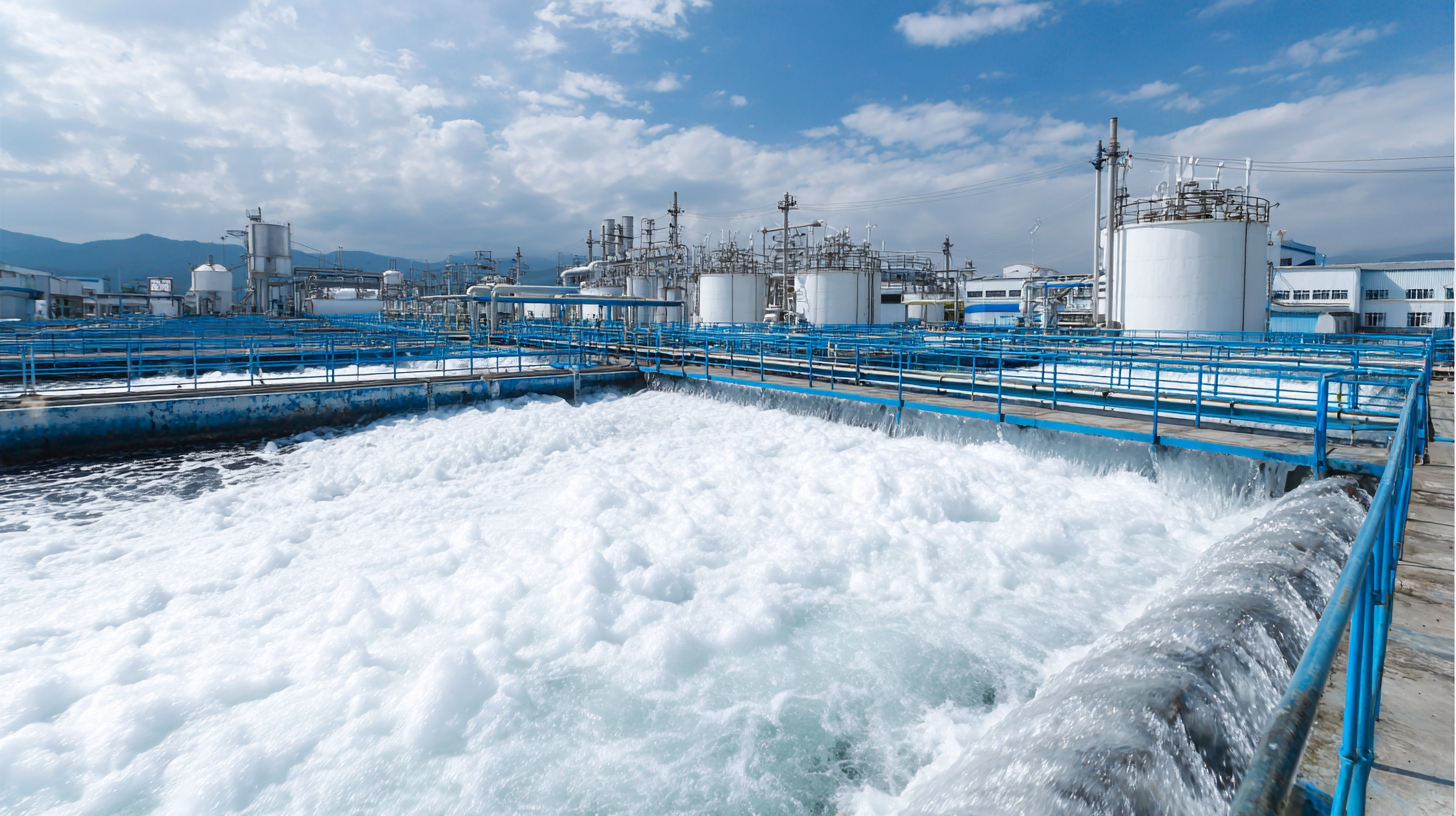
Tip: When you're looking to get APAM for industrial use, don’t forget to consider where it's coming from. The price can swing a lot depending on the region and how far it’s gotta travel to get to you.
And then there's Europe, where the game is changing a bit. They're pushing more for sustainable stuff, so everyone’s talking about bio-based flocculants now. That shift means prices might start creeping up as producers invest in greener, more eco-friendly options. Even with these regional differences, keeping an eye on the bigger picture—like production forecasts and new regulations—can really help you plan your budget and manage your supply chain better.
So, in a nutshell, understanding these trends is pretty key to making smarter decisions when you're purchasing APAM, especially since prices and availability can change quite a bit depending on where you are and what's happening in the world.
The Impact of Raw Material Costs on Anionic Polyacrylamide Pricing
So, when we talk about the price of anionic polyacrylamide—yeah, that stuff you see used a lot in water treatment and oil recovery—it's pretty much tied to the costs of its raw ingredients. The main ones are acrylonitrile and sodium acrylate. But here’s the thing: their prices can really bounce around because of things like supply chain hiccups, global demand shifts, or even political stuff happening around the world. When raw material prices go up, manufacturers usually end up passing those costs onto us, which means the price of the product itself tends to increase pretty naturally.
And let’s not forget how volatile the chemical markets can be. Prices can be a bit unpredictable, especially when there's a surge in demand—for example, for agricultural use. That increased demand doesn’t just bump up the prices for flocculants but also affects other chemicals farmers need, causing a ripple effect. So, companies really have to stay on top of market trends and be smart with their purchasing strategies to avoid getting hit hard by rising costs. Understanding what’s driving these price changes is pretty crucial—luckily, it helps businesses stay competitive without sacrificing quality in the process.
Industry Demand Fluctuations and Their Effects on Anionic Polyacrylamide Costs
You know, when industry demand swings around a lot, it really shakes up the prices of anionic polyacrylamide (APAM) across different sectors. Lately, it’s been pretty clear that the rise in water treatment needs—especially in mining and oil extraction—has pushed APAM prices way up. I was reading this report from Grand View Research back in 2022, and it said that worldwide demand for flocculants like APAM is expected to grow at about 5.7% a year until 2030. That’s mainly because of stricter environmental laws and better wastewater treatment standards, which is kind of encouraging to see.
On top of that, the construction biz is also jumping on the bandwagon, using more APAM for soil stabilization and preventing erosion. A recent study by MarketsandMarkets in 2023 pointed out that demand for these flocculants in construction is expected to really pick up, thanks to a boom in infrastructure projects all over the world—especially in emerging markets. As these industries keep growing, it’s only natural that competition for good-quality anionic polyacrylamide heats up, which tends to push prices higher. That also makes supply chains a bit more complicated for manufacturers trying to keep up with the shifting market demands.
Understanding Anionic Polyacrylamide Flocculant Price Trends in Various Industries
| Industry | Demand Level (2023) | Average Price (USD/ton) | Price Change (%) |
|---|---|---|---|
| Mining | High | 2100 | +5 |
| Water Treatment | Medium | 1850 | 0 |
| Paper Manufacturing | Moderate | 2000 | +3 |
| Oil and Gas | High | 2250 | +4 |
| Construction | Low | 1750 | -2 |
Future Forecast: Anticipated Price Changes for Anionic Polyacrylamide Based on Market Trends
So, the anionic polyacrylamide (APAM) market has been kind of all over the place lately, with prices swinging pretty wildly. Basically, there are a bunch of things influencing supply and demand across different industries. One of the main reasons prices are fluctuating is the soaring demand from sectors like wastewater treatment, oil recovery, and mining. As these industries grow, they really need more effective flocculants like APAM, which puts pressure on production and causes that price jiggle we’re seeing. On top of that, changes in raw material costs and new regulations are also throwing some curveballs into the pricing game.
Looking ahead, most market analysts think we’ll see a moderate uptick in APAM prices over the next few years. That’s mostly because of ongoing investments in infrastructure and a real push towards more sustainable practices, meaning more use of flocculants like APAM in environmental projects. Plus, there are some new tech developments in production that might help keep costs down initially, but as demand picks up, prices might level off—maybe even go up in the long run. If you’re involved in industries that rely on APAM, it’s a good idea to keep an eye on these trends so you can plan your purchases and budgets accordingly without getting caught off guard.
Understanding Anionic Polyacrylamide Flocculant Price Trends
This bar chart illustrates the price trends of Anionic Polyacrylamide Flocculant from 2019 to 2023, showing a steady increase in price per ton as market demand rises.
FAQS
PAM)?
Key industries contributing to the rising demand for APAM include water treatment, mining, oil extraction, and construction, with notable growth in infrastructure development projects.
The global demand for flocculants, including anionic polyacrylamide, is projected to grow at a compound annual growth rate (CAGR) of approximately 5.7% through 2030.
Stricter environmental regulations are enhancing the need for effective wastewater treatment solutions, which in turn increases the demand for APAM and contributes to rising prices.
Market analysts are predicting a moderate increase in APAM prices over the coming years, driven by ongoing investments in infrastructure development and a push for sustainable practices.
Advancements in production technologies may initially help mitigate costs, but as demand for APAM continues to grow, prices could stabilize or even increase in the long term.
The construction industry is adopting APAM for applications like soil stabilization and erosion control, which is being driven by a surge in infrastructure development worldwide.
Stakeholders should monitor market trends closely to strategically plan their procurement and budget considerations in light of anticipated price changes.
As competition for high-quality anionic polyacrylamide intensifies due to expanding demand in various sectors, it is likely to push prices upward and complicate supply chain dynamics.
The increased adoption of APAM across various sectors implies that manufacturers will face heightened pressure to meet demand, potentially leading to fluctuating prices and supply chain challenges.
Conclusion
In our blog, titled "Understanding Anionic Polyacrylamide Flocculant Price Trends in Various Industries," we really dig into all the different factors that can influence how prices for anionic polyacrylamide change across various sectors. We look at things like how prices have moved historically in key industries, regional price differences, and just how much raw material costs can shake things up. Plus, we discuss how shifts in demand from different industries can impact pricing, and share some insights into where prices might be headed based on current market trends.
As a company that's been supplying cationic, anionic, and nonionic polyacrylamide since 2011, QINGDAO OUBO CHEMICAL CO., LTD totally gets how important understanding these price patterns is. Knowing how anionic polyacrylamide flocculant prices behave isn’t just helpful for buyers trying to make smart choices; it’s also super useful for manufacturers to stay ahead of market changes and plan accordingly.
Related Posts
-
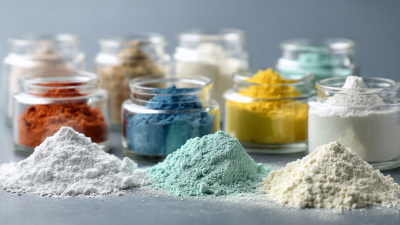
Ultimate Checklist for Evaluating Anionic Polyacrylamide Flocculant Pricing and Quality
-

How to Maximize After Sales Support and Minimize Maintenance Costs for Best Apam Anionic Polyacrylamide
-

How to Optimize Your Processes with Best Anionic Polyacrylamide Tech Grade for Maximum Efficiency
-
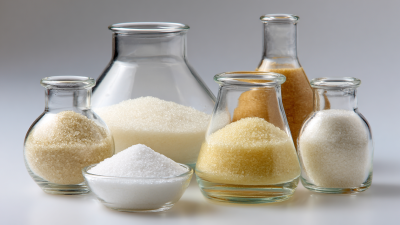
5 Best Applications for Acrylamide Resin in Modern Industries
-

Future Market Insights on Best High Impact Polymer and How to Leverage Opportunities by 2025
-

Exploring How Water Blocking Agents Enhance Durability and Longevity in Construction Applications
Blog Tags:

Ava
-

Phone
-

E-mail
-

Whatsapp
-

WeChat
Jessy Lin
Paul Zhou:8613356391894 Eric Wong:8615963245439Emily Wu:8617866856171
-

WeChat
Paul Zhou

-

WeChat
Eric Wong

-

WeChat
Emily Wu








